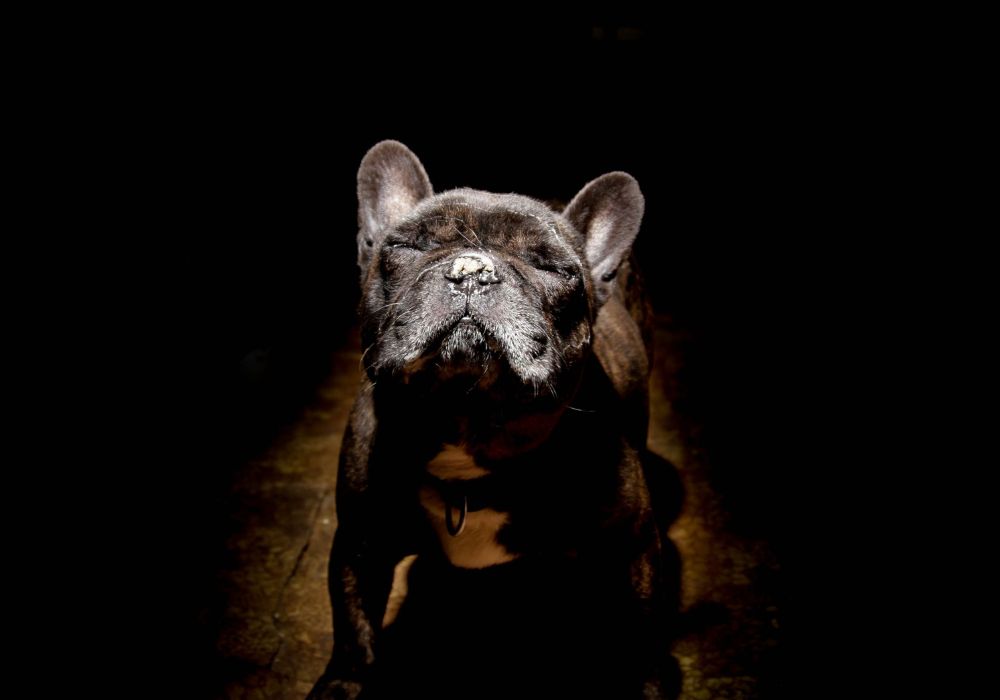5 Common Reasons Your Reactive Dog Isn’t Improving (And How to Fix It)

If you’re working with a reactive dog, you know how tough it can be. Even after weeks or months of training, you may still be dealing with barking, lunging, or fearful behavior.
Why isn’t your dog improving? In Gracie’s informative YouTube video, she breaks down some key reasons that could be holding your reactive dog back from success.
What is a Reactive Dog?

A reactive dog is a dog that responds in an exaggerated or intense manner to certain stimuli, such as other dogs, strangers, or loud noises. This heightened response can manifest as barking, growling, or trying to escape. While all dogs react to their environment, reactive dogs often exhibit these behaviors more frequently and at higher intensities.
Reactive behavior is not necessarily aggression. While some reactive dogs may act aggressively, many are simply fearful, anxious, or overstimulated by specific triggers. Understanding that reactivity is often rooted in stress or fear is crucial to addressing the issue correctly.
5 Common Reasons Why Your Reactive Dog Might Not Be Improving
As Gracie discussed in her video, there are several common reasons why your dog might not be improving. Let's explore these five common factors and learn how to address them:
Reason #1: Insufficient Training Time
If you’ve been training for 3 months and feel like you’re not getting anywhere, don’t lose hope just yet. Reactivity, especially when it’s caused by factors like genetics or trauma, can take much longer to change. Some dogs may take nearly a year to show noticeable progress.
Key takeaway: Be patient. Every day of training is a small step towards improvement. Celebrate the small wins, even if you don’t see big changes right away.
Reason #2: You’re Moving Too Fast
Reactivity training is a marathon, not a sprint. If you’re trying to desensitize your dog to their triggers (like other dogs or strangers), moving too quickly through the process can backfire. Gracie explains that staying too close to the trigger or decreasing the distance too soon might overwhelm your dog. Similarly, cutting back on rewards too fast can also slow down progress.
Key takeaway: Let your dog work at their own pace. Stay at a comfortable distance and use lots of rewards until your dog is truly desensitized to their trigger.
Reason #3: The Rewards Aren’t High-Value Enough
Not all treats are created equal in your dog’s eyes. If you’re using regular treats and not seeing progress, it could be because the reward isn’t motivating enough. For reactive dogs, especially those dealing with stressful triggers, you need to pull out the “big guns.” You can try high-value rewards like real meat, cheese, or peanut butter. Some dogs may even respond better to toys or certain types of fruits and veggies.
Key takeaway: Experiment with different types of rewards to see what truly motivates your dog. High-value rewards can make all the difference.
Reason #4: Inconsistency in Training
Life can get busy, and sometimes, training sessions fall by the wayside. However, consistency is crucial in working with a reactive dog. Taking too many breaks, even just a week or two off, can cause a setback in your dog’s progress.
Key takeaway: Stay consistent with your training, even if it’s just short, frequent sessions. Progress depends on routine.
Reason #5: The Approach Might Be Wrong
Sometimes, the reason your dog isn’t improving could be related to the way you’re handling the training. This could be something as small as timing the rewards wrong or a communication gap between you and your dog. If you’re not seeing progress, consider revisiting your methods or reaching out for professional help.
Key takeaway: Don’t hesitate to get professional guidance if you’re stuck. Reactive behavior can be tricky, and a professional trainer may help you adjust your approach for better results.
Don’t Forget: Basic Needs Matter

Before tackling the reasons above, make sure your dog’s basic physical and mental needs are met. A lack of exercise, mental stimulation, or proper care can be the root cause of reactive behavior. This is often the most overlooked factor but also the most crucial. So, ensure your dog’s daily needs are being fulfilled before jumping into reactivity training.
Bonus Tip: Create Calm Zones in Your Home

Many reactive dogs can benefit from having a designated “calm zone” where they can retreat when feeling overwhelmed. This could be a quiet room, a crate, or even a corner with their favorite blanket and toys. Training your dog to relax in this space can help them feel more in control and less reactive.
The key is to make this space a positive, safe place where your dog can feel in control. Pair the calm zone with positive experiences. Each time your dog voluntarily enters the space, reward them with a high-value treat or their favorite toy. This helps reduce their stress and anxiety, making them less likely to react to triggers.
Final Thoughts
Training a reactive dog can be a slow and challenging process. However, with patience, consistency, and the right approach, you can make progress. Remember, every bit of effort you put in brings you closer to success. So, keep at it, use high-value rewards, and don’t be afraid to seek professional help if needed.
You might also enjoy...
-
Posted in
Dog Training, Training Tips


